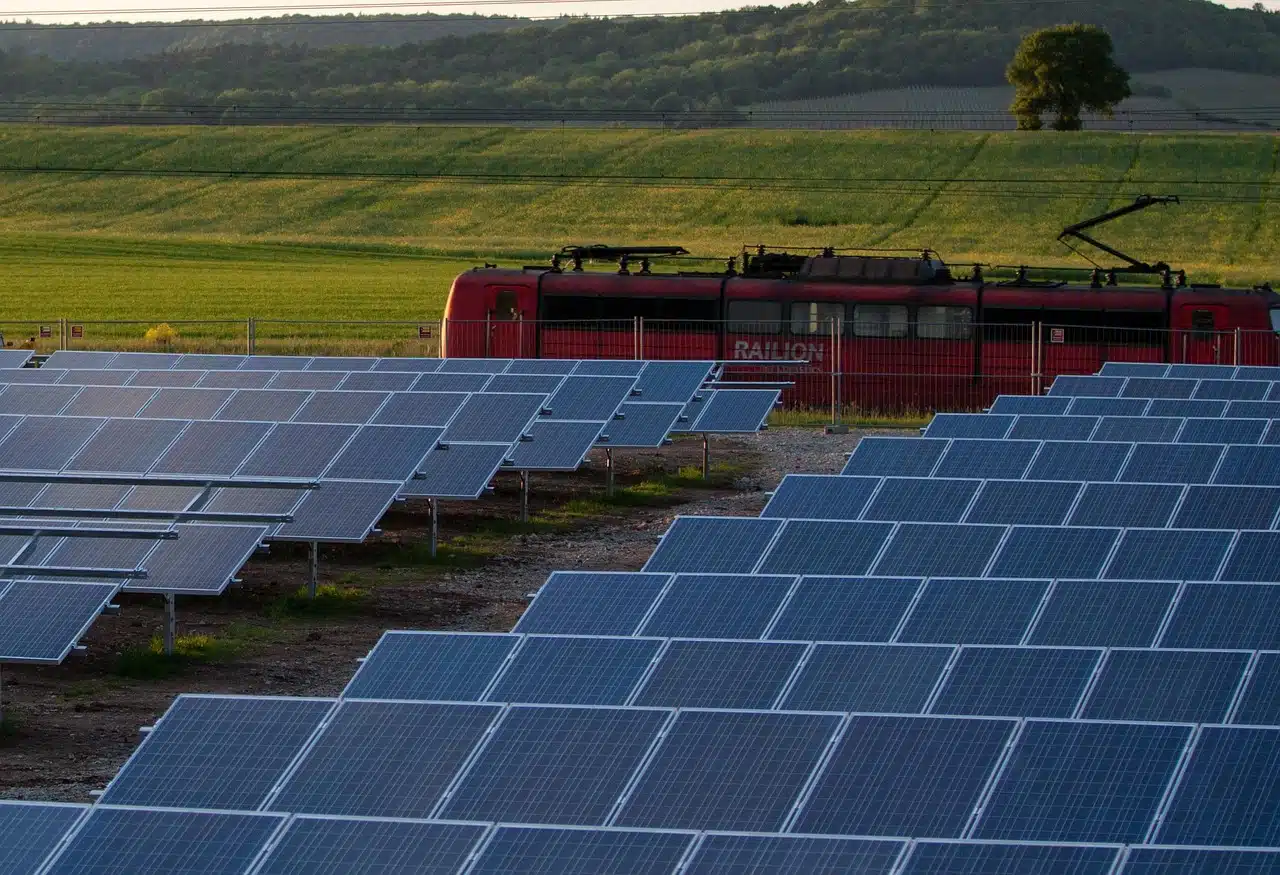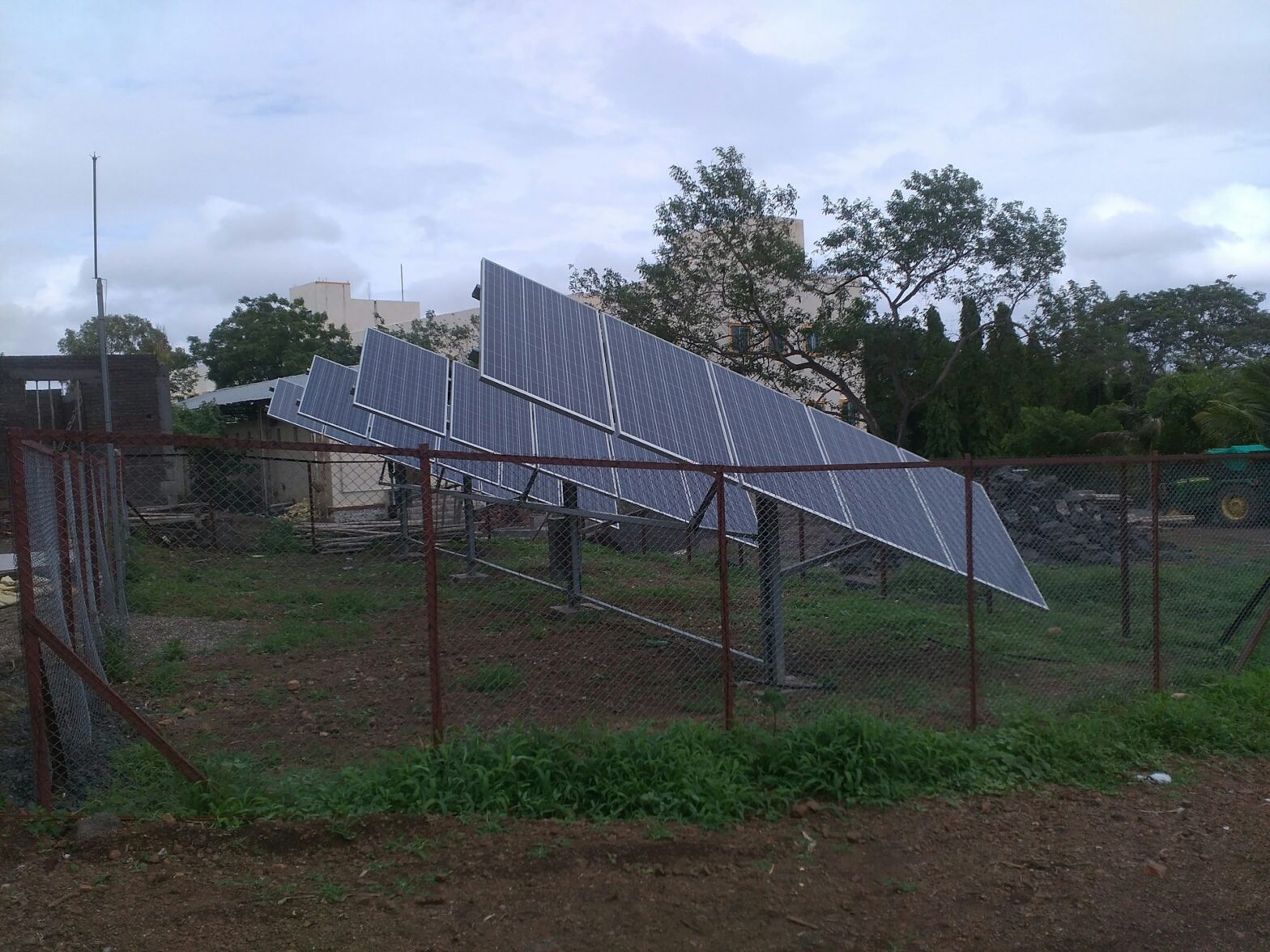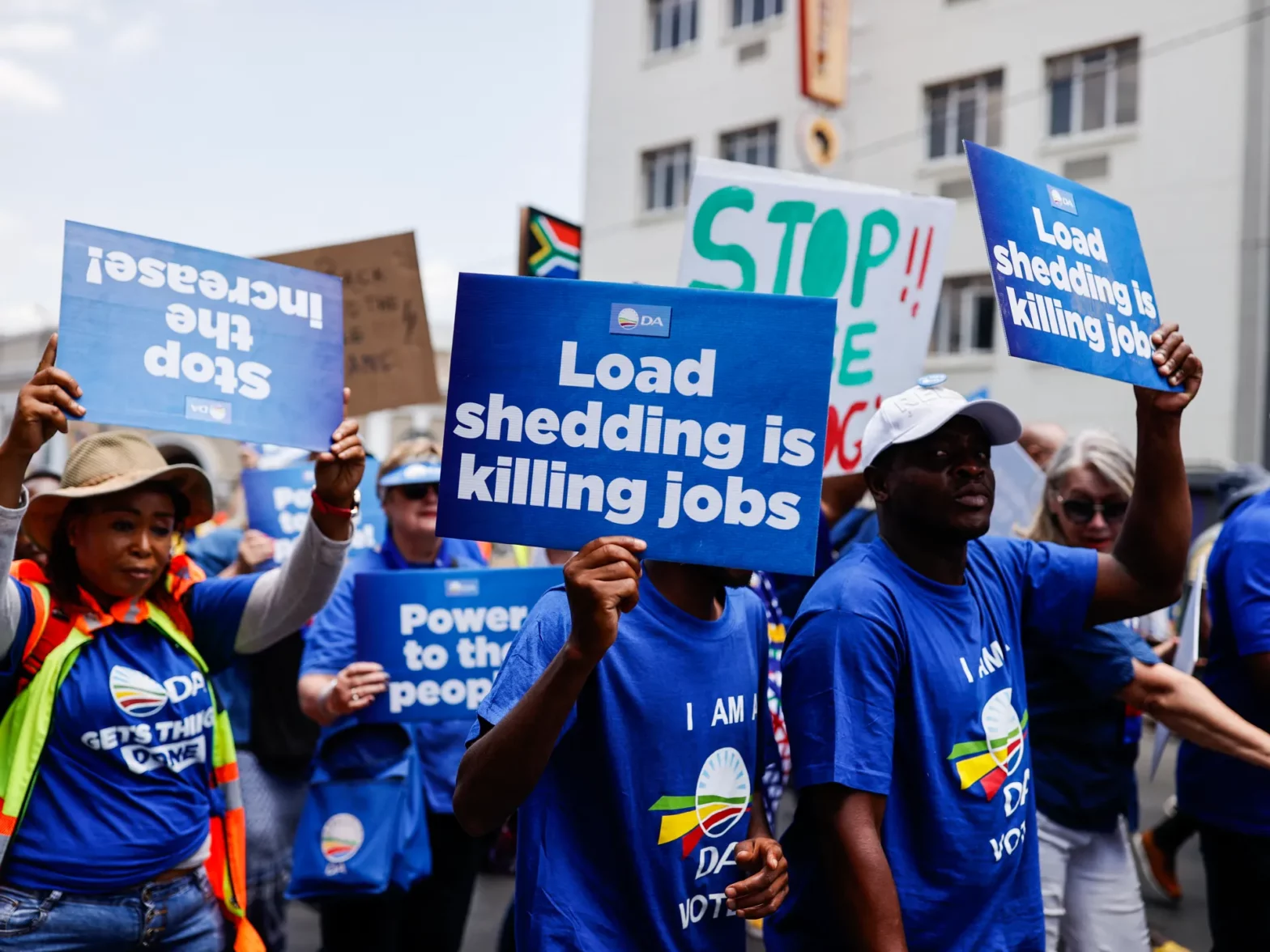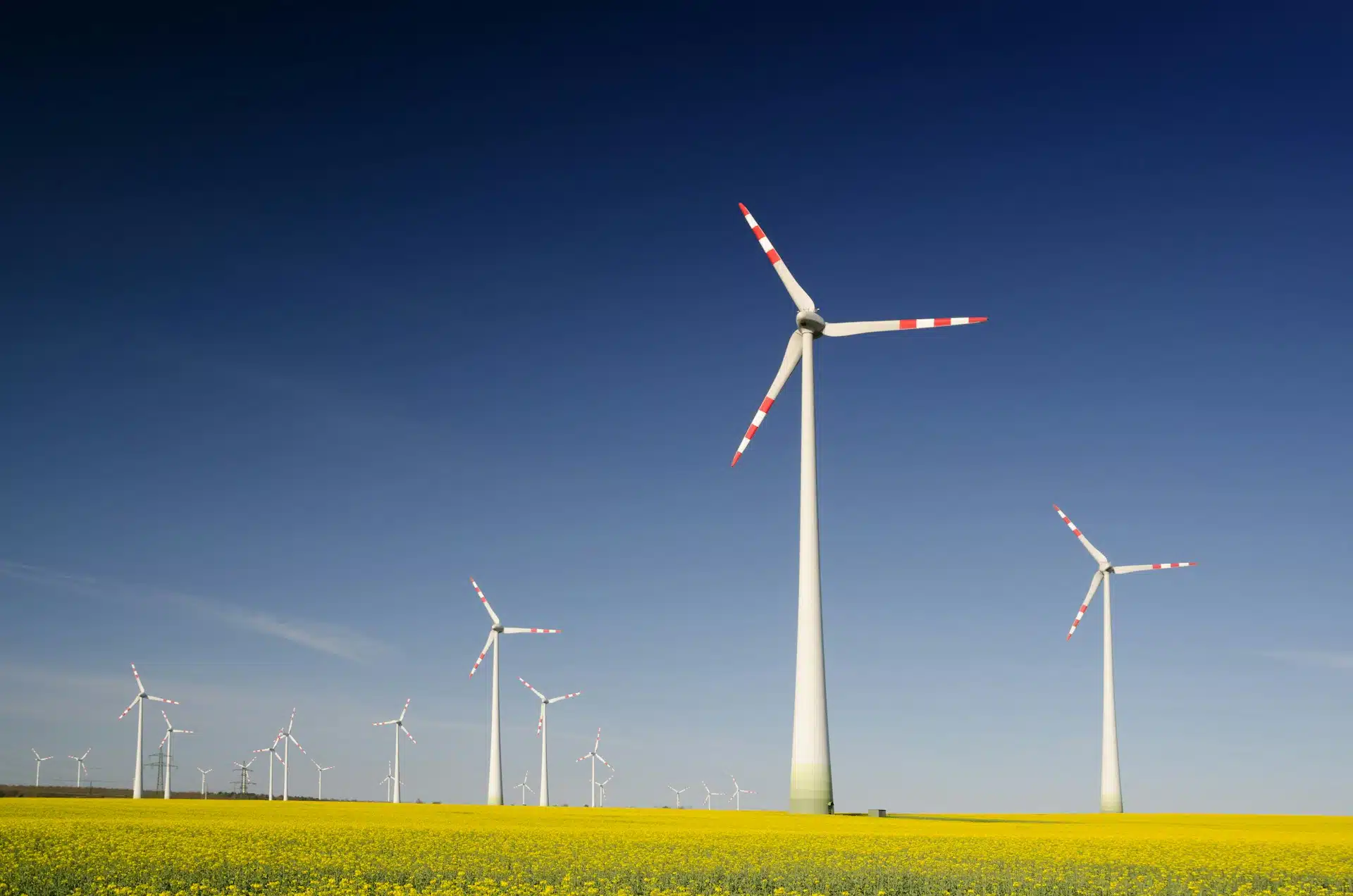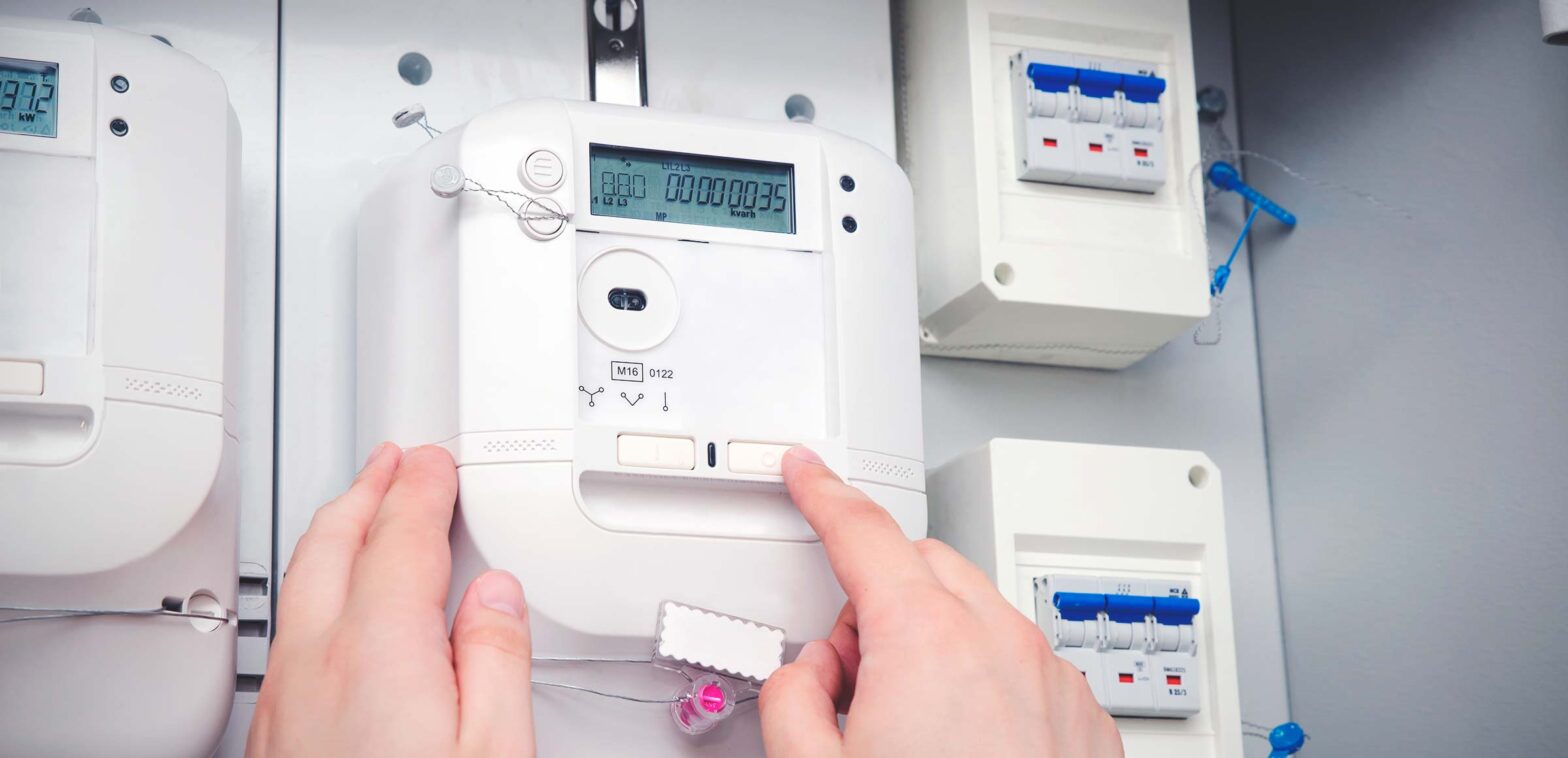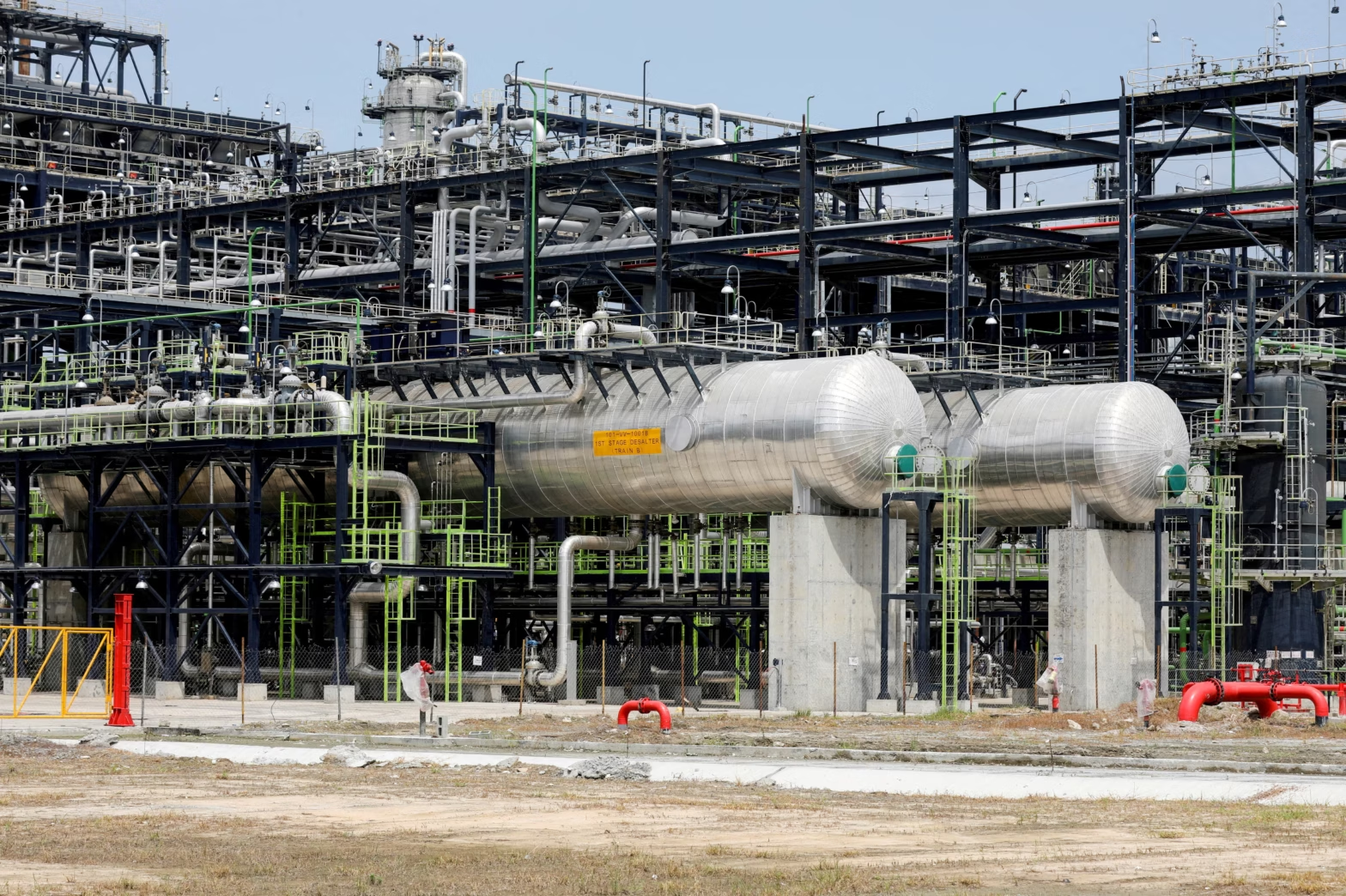In Egypt’s Western Desert, 1,650 megawatts (MW) of photovoltaic panels span the horizon at the Benban Solar Park, a symbol of Africa’s renewable energy potential and the country’s clean‑energy ambitions.
Completed in late 2019 at an estimated cost of $4 billion, this flagship project placed Egypt firmly on the global map as it sought to transform its electricity mix—already driven nearly 90 percent by fossil fuels—by introducing utility‑scale solar farms.
Policymakers and investors alike hail Benban as proof of what international finance and private capital can deliver: fossil‑fuel dependency cut, foreign investment increased, and multilateral praise secured.
Yet hundreds of kilometres away, in the unshaded lanes of Cairo and the underserved villages of Upper Egypt, there is little daylight between energy hope and household hardship.
Since 2014, Egypt has embarked on a phased removal of energy subsidies.
Fuel and electricity tariffs have risen by over 160% cumulatively, with single‑year increases of 31% in July 2014, a further 19% in 2015, and nearly 40% again in 2017.
These reforms, conditions for IMF loans totalling $8 billion, have confronted millions with steeper power bills, driving families to reduce appliance usage, revert to kerosene lamps or cut out of the grid entirely in some cases.
Does the solar vision unfold evenly across Egypt’s socio‑economic divide?
The big question is whether this clean‑energy reform, which is bold in scale and market‑oriented in design, embeds equity in its foundations.
While utility‑scale projects like Benban may shore up energy supply and fiscal health, their social outcomes are less obvious.
Who truly benefits when tariffs overshadow access, when subsidy removal happens in centralised policy siloes, and when low‑income households operate on the margin between grid and off‑grid, certainty and austerity?
The economics behind energy liberalisation
Following the 2011 revolution, Egypt faced fuel shortages, widespread power cuts, and subsidy outlays reaching more than 6% of GDP.
State coffers are strained under energy subsidies that disproportionately benefit higher-income households owning cars and air conditioners.
In 2014, President Abdel Fattah al‑Sisi launched a sweeping reform: electricity tariffs jumped 31%, fuel prices rose 40–78%, initiating a five‑year roadmap aimed at bringing fossil‑fuel subsidies down to 0.5% of GDP by 2019.
The pace quickened: tariffs climbed another 19% in 2015, before surging 33–40% in 2017. Yet even with these steep hikes, some subsidy burdens remained — oil subsidies reportedly still cost about $5 billion by 2019.
This reform aligned with major IMF‑backed macroeconomic stabilisation programmes.
In exchange for financial support, Egypt committed to subsidy removal and renewable investment. The result: fiscal relief, a lower deficit, and macroeconomic stability.
Urgent was unlocking private and international capital, including EBRD support for Benban projects worth $1.1 billion for 750 MW among the site’s 1,465 MW contracted capacity.
From a macroeconomic standpoint, the reform was delivered.
Egypt moved from deficit to surplus, energy shortages diminished, renewables began to scale, and the government regained momentum.
But what about the social contract? As prices rose, electricity became a dime.
The Poor bear the burden
Electricity is essential to Egyptian households—ventilation under scorching summer, lighting for schoolchildren, refrigeration for food and medicine.
As tariffs rose, millions began rationing consumption, switching off air conditioners, lights and essential appliances. Some shifted to kerosene lamps, others slipped into partial energy deprivation.
A tiered tariff system was introduced to relieve the poorest.
But in informal settlements and rural zones, the design faltered. Metering systems were often prepaid and lacked granularity. Families with fluctuating incomes could not guarantee continued top‑ups, disconnecting periodically or resorting to costly alternatives.
The impact reverberated: higher power bills contributed to rising food and transport costs, with petrol prices up more than 40% since 2014.
Combined with high inflation—14.5% in 2018—and real wage stagnation, low-income households saw their budgets whittled by multiple vectors of reform.
The poor did not merely pay more for power; they felt it across their livelihoods.
The reform’s blow was felt hardest in Upper Egypt and Sinai, where electrification lagged and grid quality was poor.
Tariffs, which were equal across the board, lacked sensitivity to infrastructure failures; households still on shaky lines faced the same rate hikes as urban apartments, often without a reliable supply.
Benban’s shine vs Everyday darkness
Benban’s 1.65 GW of solar generation—around 3.8 terawatt‑hours per year—supports Egypt’s national grid, making it the fourth-largest solar park worldwide.
Regarding national capacity, renewables (wind, hydro and solar) comprised under 12% of nearly 60 GW installed power by mid‑2024; the rest remains fossil-fuel dominated.
Egypt aims to increase renewables to 42% of electricity by 2030 (22% solar alone), and eventually to 58% by 2040.
However, Benban’s electricity enters the centralised national pool and flows downstream indistinctly. The communities near its arrays derive no direct benefit, cash, or capacity, and the plant does not enhance energy access.
The project prioritised investor returns and grid-scale supply, not local empowerment. It contrasts sharply with distributed renewable initiatives in Kenya and Morocco, where off‑grid solar, micro‑grids, and rooftop systems are supported with policy incentives.
Egypt’s distributed-generation policies are nascent.
Initial rooftop schemes (97 MW) and micro‑systems (30 MW) are dwarfed by major solar farms.
Regulatory frameworks still limit consumer‑to‑grid connections, especially in apartments; private power producers are permitted to supply businesses only under restrictive pilot schemes.
Without decentralised reform, Egypt risks exporting renewable benefits to investors, while poor consumers continue to struggle with utility bills and unstable supply.
A purely centralised utility model lacks the flexibility and community ownership needed for a just transition.
Centralisation and accountability: the authoritarian turn
Egypt’s energy reforms have unfolded under a governance model that emphasises top-down decision-making.
This has benefits, such as fast execution on macro‑projects like Benban and subsidy reform. Strengthened by the IMF and multilateral conditions, the political leadership implemented policies efficiently, even amidst political risk.
However, this structure keeps policy arenas closed to public scrutiny. Local energy needs, particularly of the poor, are poorly captured. Civil society organisations lack space for advocacy or local pilot innovation; regulatory change remains technical, not social.
Data on energy poverty is fractured and invisible in planning processes. When ministers and finance technocrats generate policies on tariff restructuring and subsidy targeting, energy justice is often collateral.
Reform may correct economic imbalances, but without institutionalising checks—public participation, monitoring, grievance mechanisms—it may fail the people most in need.
Energy transitions that lack local empowerment risk being extractive rather than regenerative: capital flows in, benefits flow out, local people and their needs remain on the margins.
Lessons for Egypt and Africa
Egypt’s journey raises critical questions for energy policymakers across Africa. Removing subsidies rationally benefits the public purse, but this must be accompanied by targeted social protection: conditional cash transfers, better metering, and tariff band calibration.
For instance, Kenya’s “cash plus” models show how to pair subsidy reform with social safety nets and decentralised services.
Decentralised renewable models—off‑grid solar, micro‑grids, rooftop PV—must be scaled deliberately. Morocco’s Noor and other distributed systems show how blending utility‑scale and community‑level models can keep the energy poor connected.
Egypt already has a domestic solar resource, policy frameworks, and a burgeoning industry: with regulatory openness, local entrepreneurs could harness these assets.
Institutional reform is also needed.
Placing community representation within energy agencies, opening tariff-setting processes, and requiring impact assessments focused on the poor would help rebalance centralised tendencies.
Capacity building for local governments, consumer groups, and civil society should be part of any just transition.
Regionally, energy justice must be more than a slogan.
Nigeria’s petrol subsidy reforms, South Africa’s just transition frameworks, and Ethiopia’s decentralised energy programmes offer both successes and cautionary models. Egypt can learn from them in institutional design, inclusion mechanisms, and balancing investor interest with citizen well‑being.
Energy Security doesn’t need to sacrifice social inclusion
Egypt’s energy reform has delivered undeniable macroeconomic and environmental benefits.
From fiscal savings and energy stability to a 1.65 GW solar capacity at Benban, the country projects the future of energy ambition.
Yet its burdened poor, squeezed by tariffs, low incomes, and inadequate protection, remind us that high-level progress can coincide with everyday hardship.
True transformation demands more than panels in the desert; it demands progress in homes and villages.
It requires that every kilowatt generated serves, not just the grid, but the people connected to it, particularly those at its limits.
If Egypt is to emerge as a model in Africa, its success must be measured not only in gigawatts and bond ratings but also in welfare, equity, and empowerment.
Only by bringing the voices of the energy poor into design rooms, tailoring tariffs, decentralising access, and embedding inclusivity in every reform can it bridge the gulf between the solar giant and the family still in the dark.
Between its solar ascent and subsidy withdrawal, Egypt stands at a crossroads. The question is whether it will build a robust, centralised energy system, or a shared and just energy future that lifts even its most vulnerable citizens.

